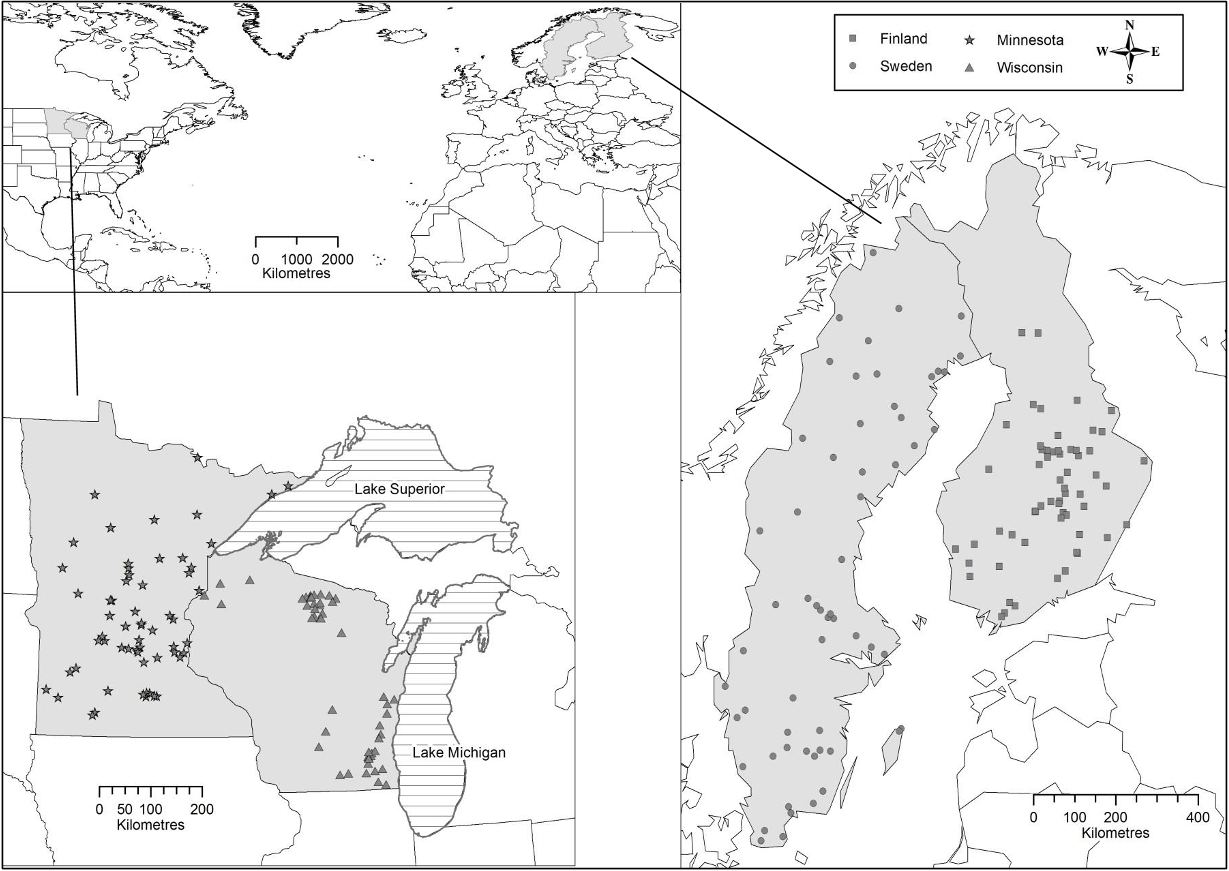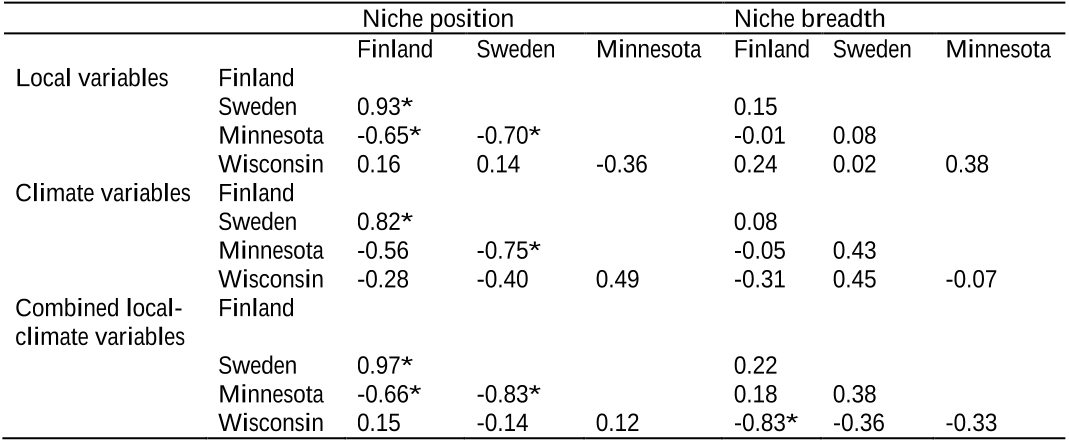




Did you find this useful? Give us your feedback










114 citations
...…related to, for example, ecosystem functioning (Symstad et al., 2003) and resilience (Folke et al., 2004), biogeographical regionalization (Divisek et al., 2016), niche conservatism (Alahuhta et al., 2017), species conservation (Brooks et al., 2008) and ecosystem services (Naidoo et al., 2008)....
[...]
..., 2016), niche conservatism (Alahuhta et al., 2017), species conservation (Brooks et al....
[...]
54 citations
35 citations
34 citations
22 citations
...Another line of evidence comes from a recent study showing that the niche of aquatic plants is not conserved among different regions (Alahuhta et al., 2017)....
[...]
149 citations
133 citations
131 citations
130 citations
107 citations
...Heterogeneity measures based on average environmental distance from lakes to a region’s 463 centre represent environmental heterogeneity in a region (Heino et al. 2013, Bini et al. 2014)....
[...]
...In contrast to mean conditions, heterogeneity 257 measures variation in environmental conditions within a given study area (e.g., Heino et al. 2013)....
[...]